Dev Planet
Castle Game Engine: Various asset improvements: Wavefront OBJ texture options and possible PBR, Spine free form deformation with curve animation, fixes for creaseAngle in X3D and OBJ
Libre Arts: Weekly recap — 19 September 2021
Week highlights: new releases of GIMP, PenPot, Glaxnimate, Ultimaker Cura, Horizon EDA, Bespoke Synth, Giada, further work on pages support in Inkscape, working VST3 instruments support in MuseScore.
VGC Illustration: funded on Kickstarter
First off, Boris Dalstein’s project got successfully funded on Kickstarter by 137 backers (so far). This covers the remaining 10% of the money that Boris needs to develop the first official release.
GIMP 2.10.28
This is a brown paper bag release: 2.10.26 was inadvertently released with a tiny annoying bug, so the team skipped that version entirely. Either way, if you are a Windows user, I definitely recommend upgrading.
This version comes with a bunch of fixes for this platform, especially for cases when GIMP used to be slow with a network drive being temporarily unavailable (not GIMP’s fault, but rather a 3rd party component used by the program).
In other news, GIMP 2.99.x now has a Preferences switch between various Windows APIs for graphic tablets support, thanks to Luca Bacci. Basically, this means support for more tablets. Oh, and Jehan’s patch to support cloning on multiple layers at once has been merged and will be part of 2.99.8, hopefully in the coming October.
Inkscape got a Page tool
So Inkscape now has an experimental Page tool for creating and managing pages. To be completely frank, Inkscape pages look more like artboards. That is, you can draw them in arbitrary positions and arbitrary ratios, drag them around with their content etc. Please don’t treat any of that as final design yet.
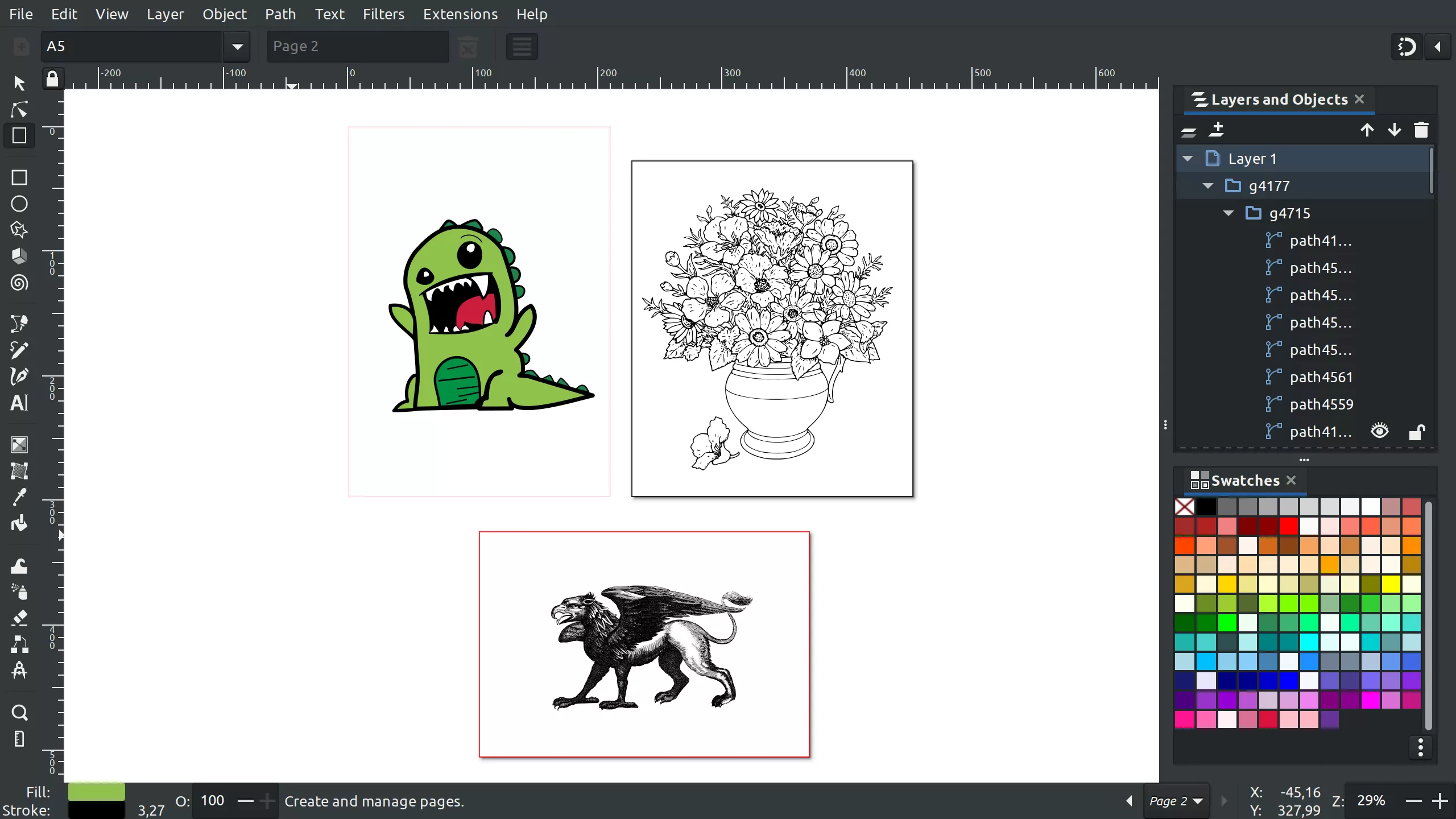
You can fetch a build for your operating system from the Pipelines section of the merge request.
PenPot 1.8.0
There’s over a dozen new features and improvements in this UX/UI prototyping tool. Not big fancy things, but iterations over previous releases. I’d say, it’s well worth updating. See https://penpot.app/dev-diaries.html for details or the video below! One breaking change is that old share links will be defunct after upgrading.
Glaxnimate 0.4.5
This is a minor update of the animation editor, bringing sprite exporting mode (each frame becomes a tile), as well as numerous usability improvements and bug fixes. See Mattia’s post on Patreon for a complete list of changes. You can grab your download here.
Red Hat is looking for an HDR developer
This is both exciting and a little frightening. There has been some controversy over implementation approaches so far, especially where HDR meets color management (and there’s a still unapplied merge request for Wayland from Collabora developers). Done right, it would propel the Linux ecosystem significantly forward as a platform for content producers and consumers. Done wrong, it would hinder the progress.
It’s that time again. I’m looking for someone to join my team to work on enabling HDR support in upstream Linux, Fedora and RHEL. Global applicants welcome. Underrepresented minorities highly encouraged.https://t.co/hHzUCftz5J
— Jared Domínguez (@djdmngz) September 17, 2021
New FreeCAD build by realthunder
Kurt Kremitzki released an updated “Link” build of FreeCAD with usability improvements, such as easily accessible presets to try various looks of the program (Tools > Preset Configurations), e.g. dark theme with overlaid sidebars. So in one sweep, you can go from this:
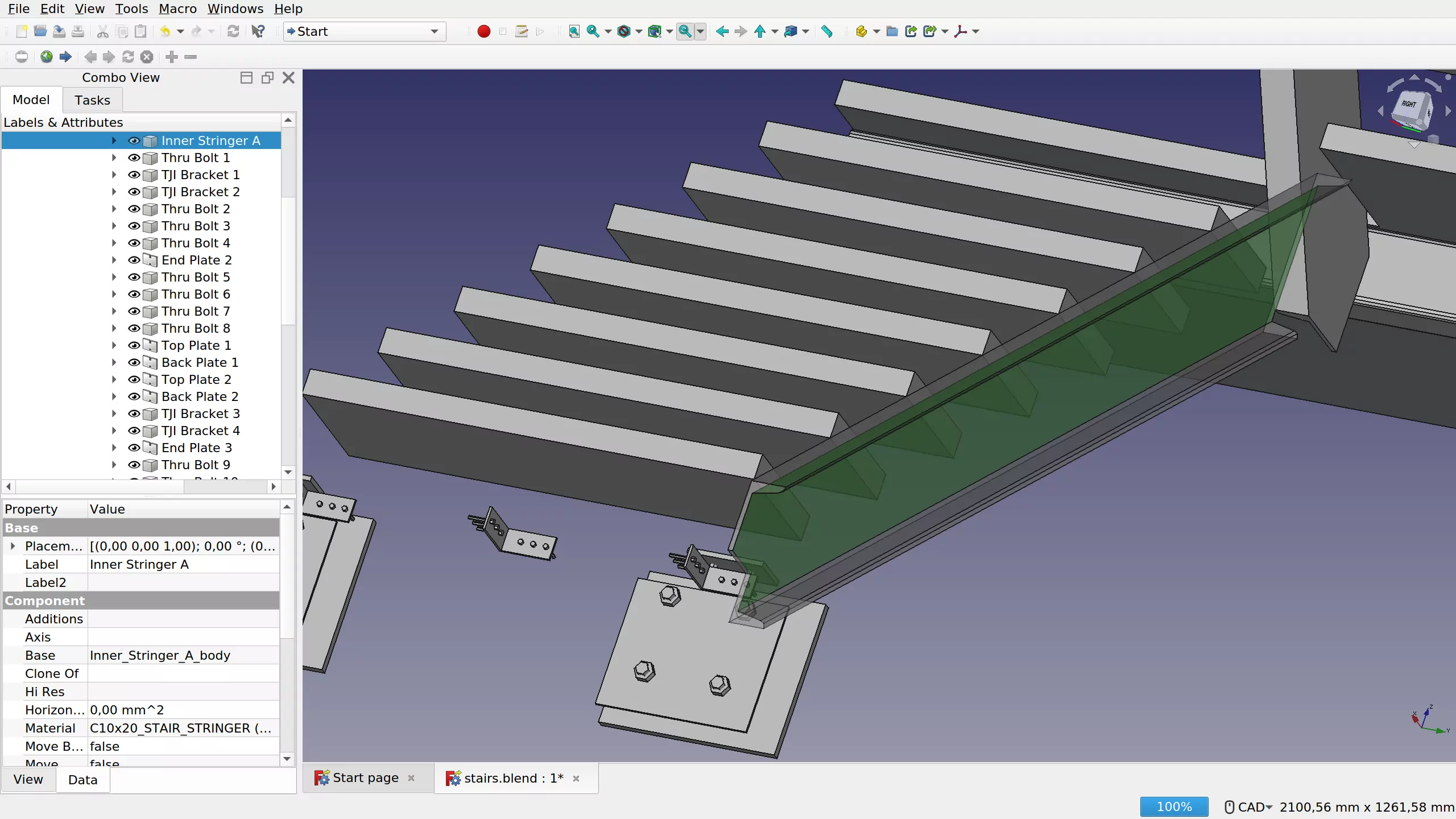
to this:
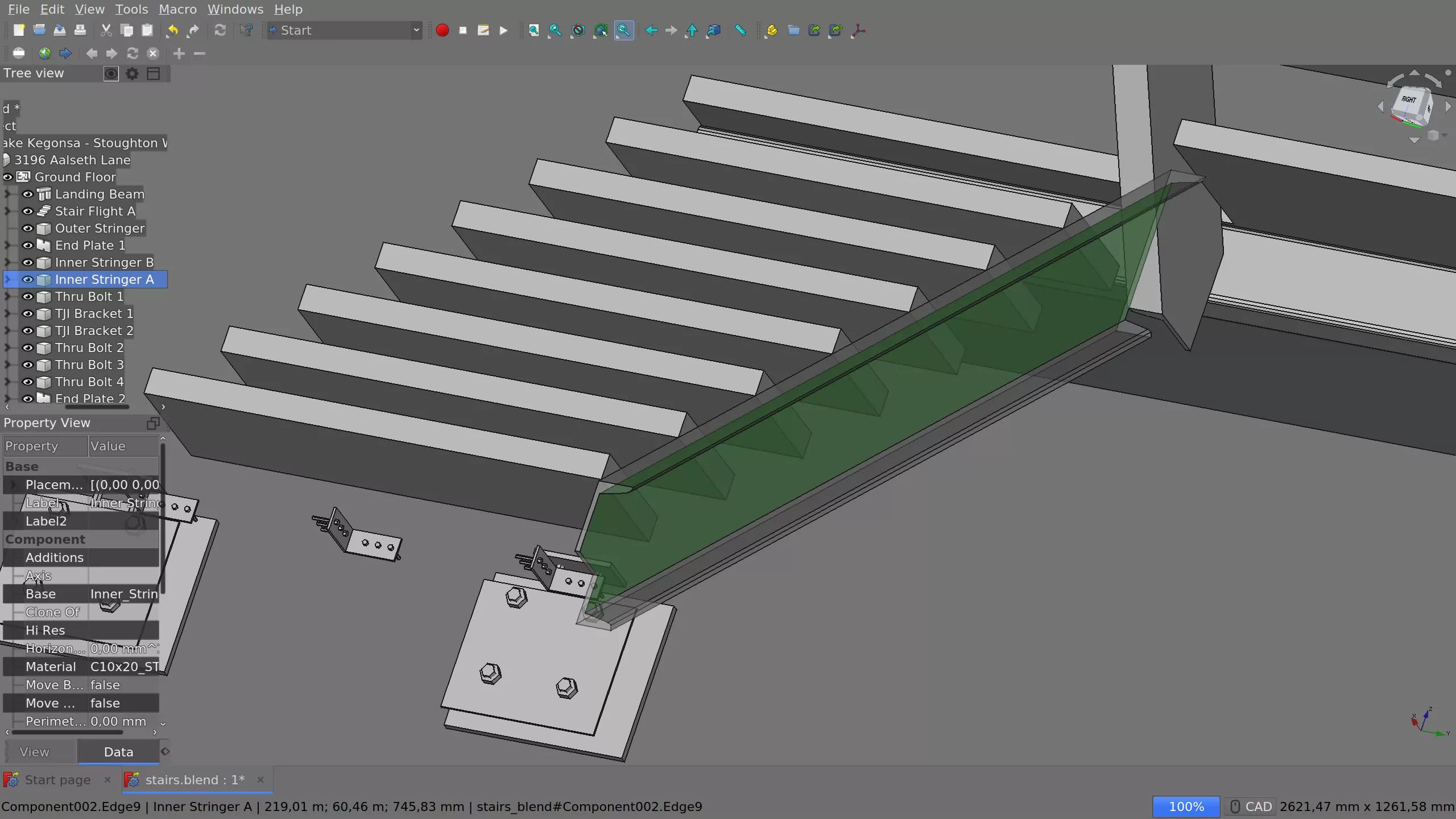
Which works nicely, except there doesn’t seem to be an easy way to revert, so please think twice before choosing a preset with large text font and icons!
Most of the details on the update are here.
Ultimaker Cura 4.11
If you do 3D printing and, for some inexplicable reason, you haven’t heard of Ultimaker Cura, definitely take it for a spin. Highlights of this release:
- Monotonic ordering to print parts with smoother top surfaces
- Complete UI refresh: over 100 updated icons and adaptive UI that readjusts itself when window gets resized
- Improved digital library integration with the search function
- Save third-party materials profiles to USB
- Opt-in notifications for beta and plugin releases
- A bunch of new printer definitions
Here’s the full list of changes. Or you can watch this video:
Horizon EDA 2.1.0
This free/libre EDA program by Lukas Kramer is relatively unknown (as compared to e.g. KiCad) but it’s a very interesting project that recently got an update. Highlights:
- More natural visualization of arc selection
- 3D view now has keyboard shortcuts
- Easy switching between multiple grids
- Much less messy look of composite pads
- Hints showing up to help learning key sequences — after a delay so that experienced users wouldn’t fret
You can learn more from release notes. There’s an installer for Windows available, and for Linux users, the app is on Flathub (not to mention the source code under GPLv3+).
The project is rather active. In fact, Lukas has just added an Align/Distribute tool, and earlier this month, he added support for nested schematic sheets.
Actually, all four major free/libre EDA projects that I recall — KiCad, LibrePCB, gEDA and Horizon — are actively maintained and developed, although gEDA has been falling behind lately.
First VSTi support demo in upcoming MuseScore 4
The MuseScore team is putting it all together for an alpha release. You can now load VST3 plugins for the playback of notation.
So so so cool working with VSTi in MuseScore 4…. finally! pic.twitter.com/NP8K4Hl6FO
— Tantacrul (@Tantacrul) September 13, 2021
At least the nightly builds for Linux do not allow loading native GUIs for VST3 plugins yet (or I simply don’t know how to do that). So I can’t make use of sfizz to load orchestral samples, and I’m temporarily stuck on Pianoteq v5.x, so no VST3 for me. But hey, it’s a start! And judging by discussions on their Discord channel, the internal SFZ-based sampler they are creating for MuseScore specifically will be news-worthy soon enough.
Bespoke Synth 1.0.0
Ryan Challinor finally released v1.0 of Bespoke Synth which is more like a modular synthesis/composition environment really. This is a nice short overview of what you can expect form this version:
The Linux build isn’t particularly well done and might fail you (it did for me), but there’s ongoing work to improve it, and the developer is extremely humble and welcoming about that. So… Stay tuned? Because this is a seriously cool project.
Giada 0.18.2
The almighty free/libre looper got a new release featuring:
- stereo in/out audio meters;
- revamped action editor: better UI, improved usability;
- displaying the play head in the action editor.
I’d love to be able to use it, however it needs FLTK 1.4 to be released to support HiDPI displays. So… one day!
Tutorials
Krita timelapse by Orfenn Schuller:
Another Krita speed painting by Ali Bahabadi:
Boris Hajdukovic continues his series of lengthy in-depth darktable tutorials with this one:
Lonely Speck explains how to use Siril and Photoshop for astrophotography. Don’t worry about the Photoshop part too much. While GIMP doesn’t have the Dust and Scratches filter used in the tutorial, you can try the Remove Scratches filter in G’MIC.
Artworks
Rohit Hela, landscape painted with Krita:
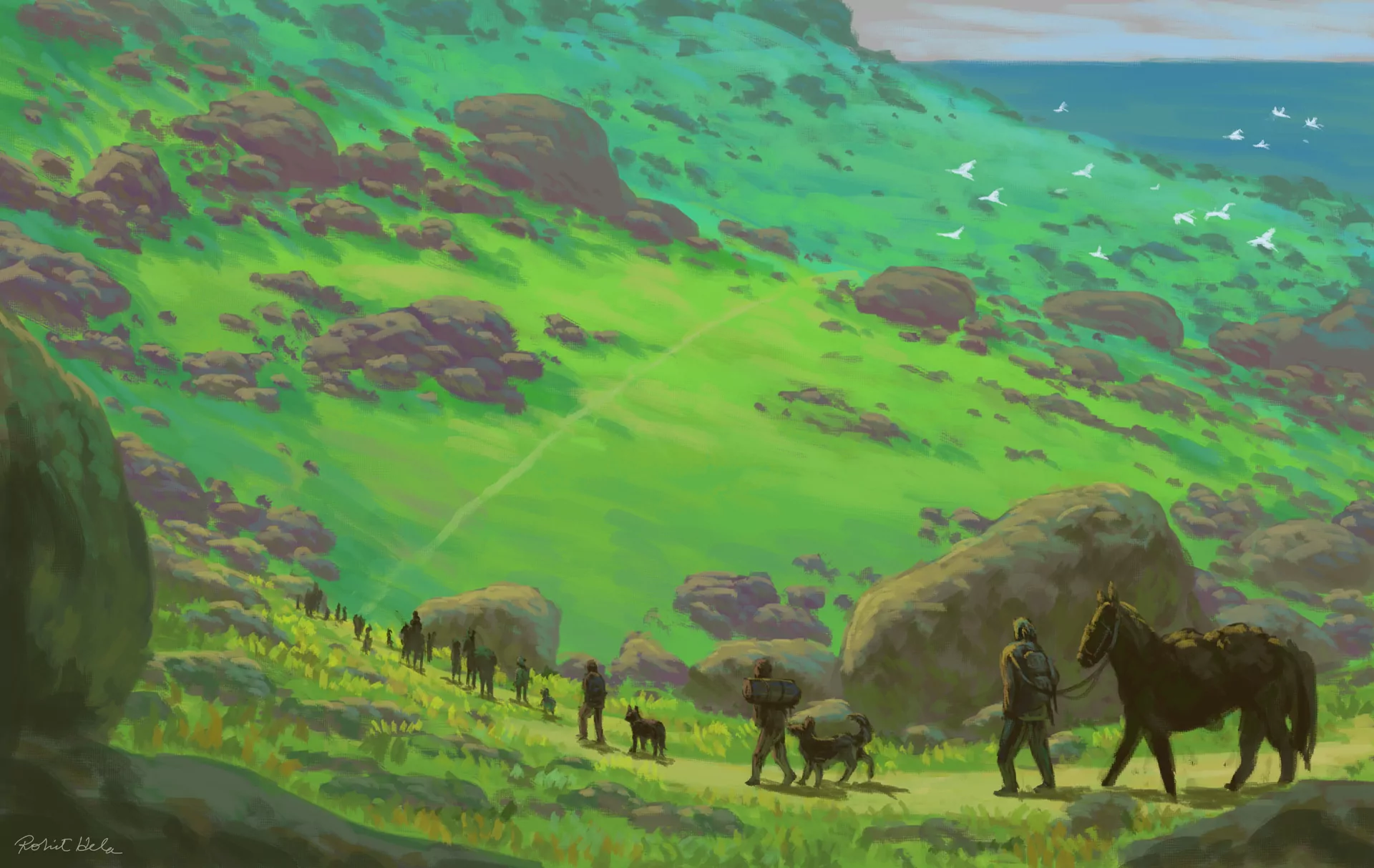
Philipp Urlich, new speedpainting, Krita:
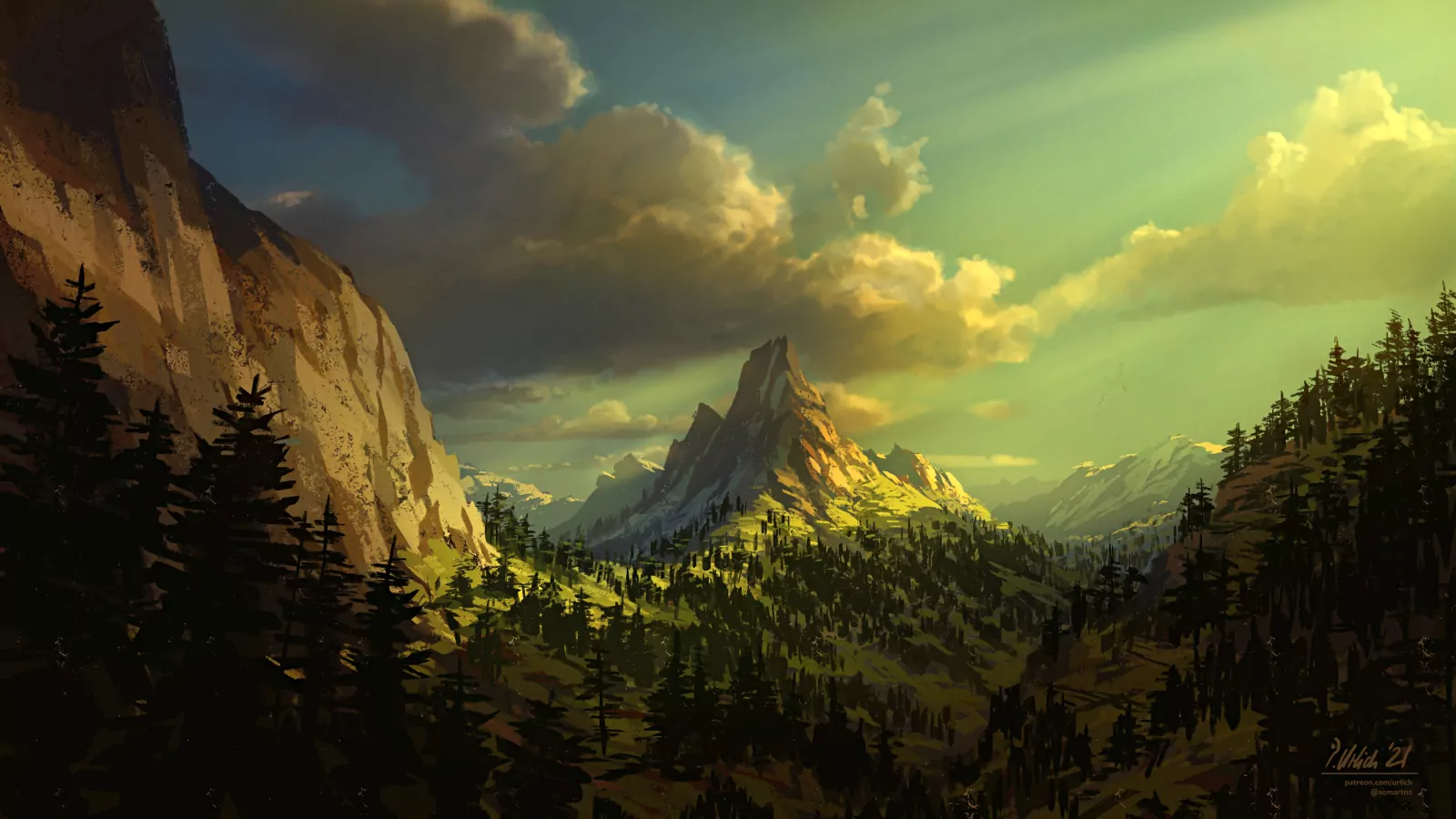
Jamie Farrar Goldstein, Painting with Light, Blender
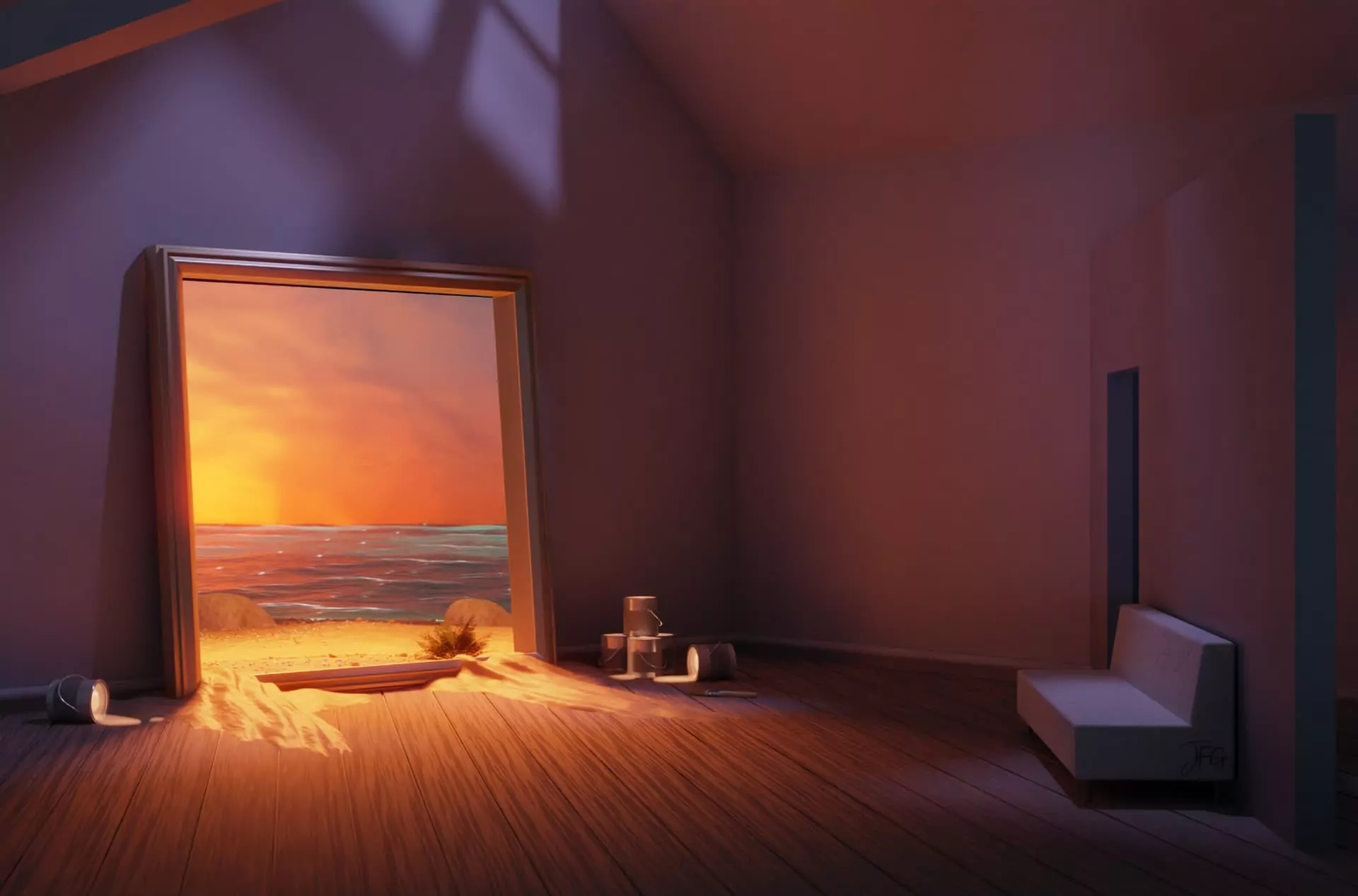
Shivom Kapoor, Rogue Philantropist, Blender:
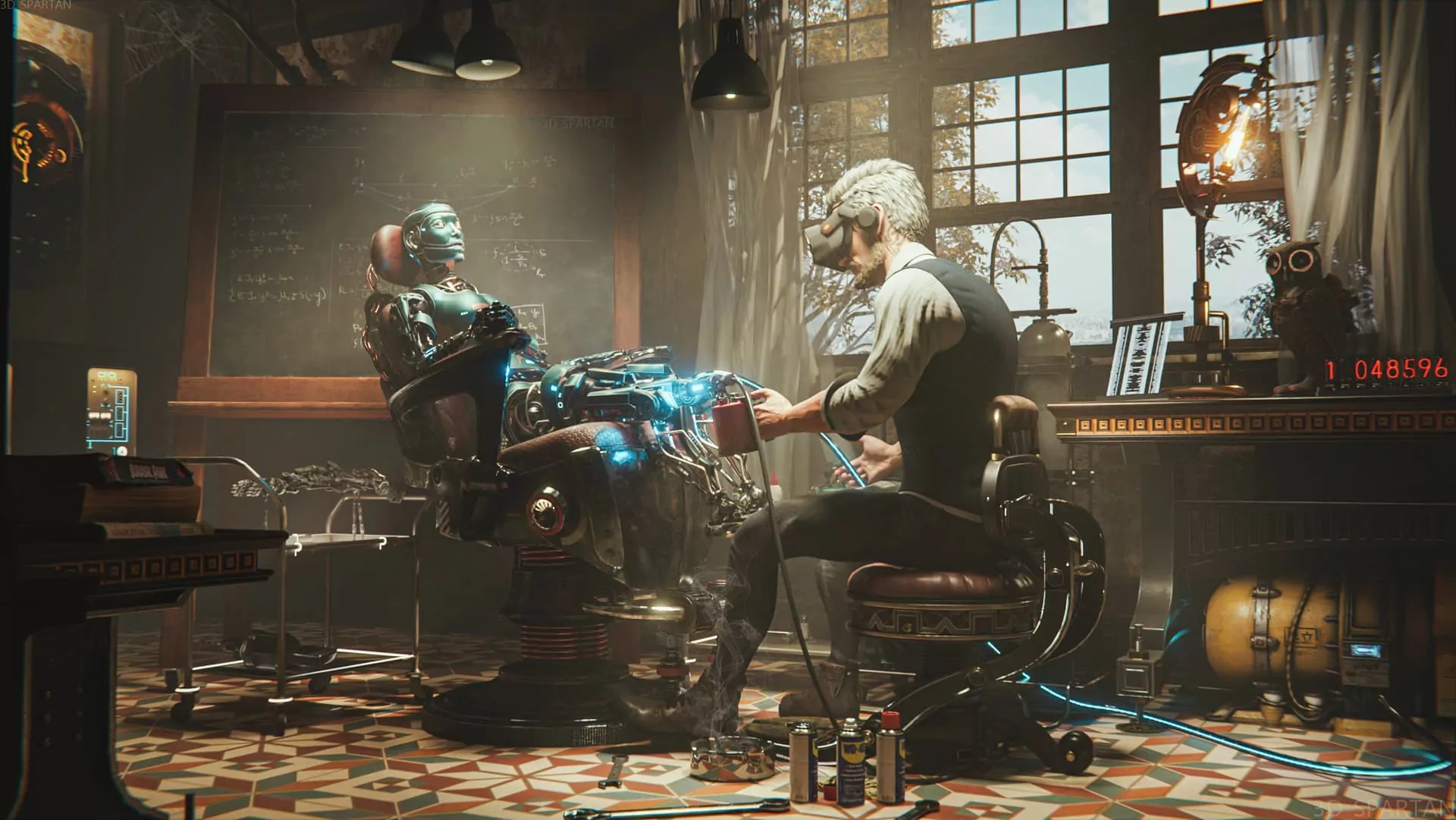
Petra Trebjesanin, modern French interior archviz, Blender:
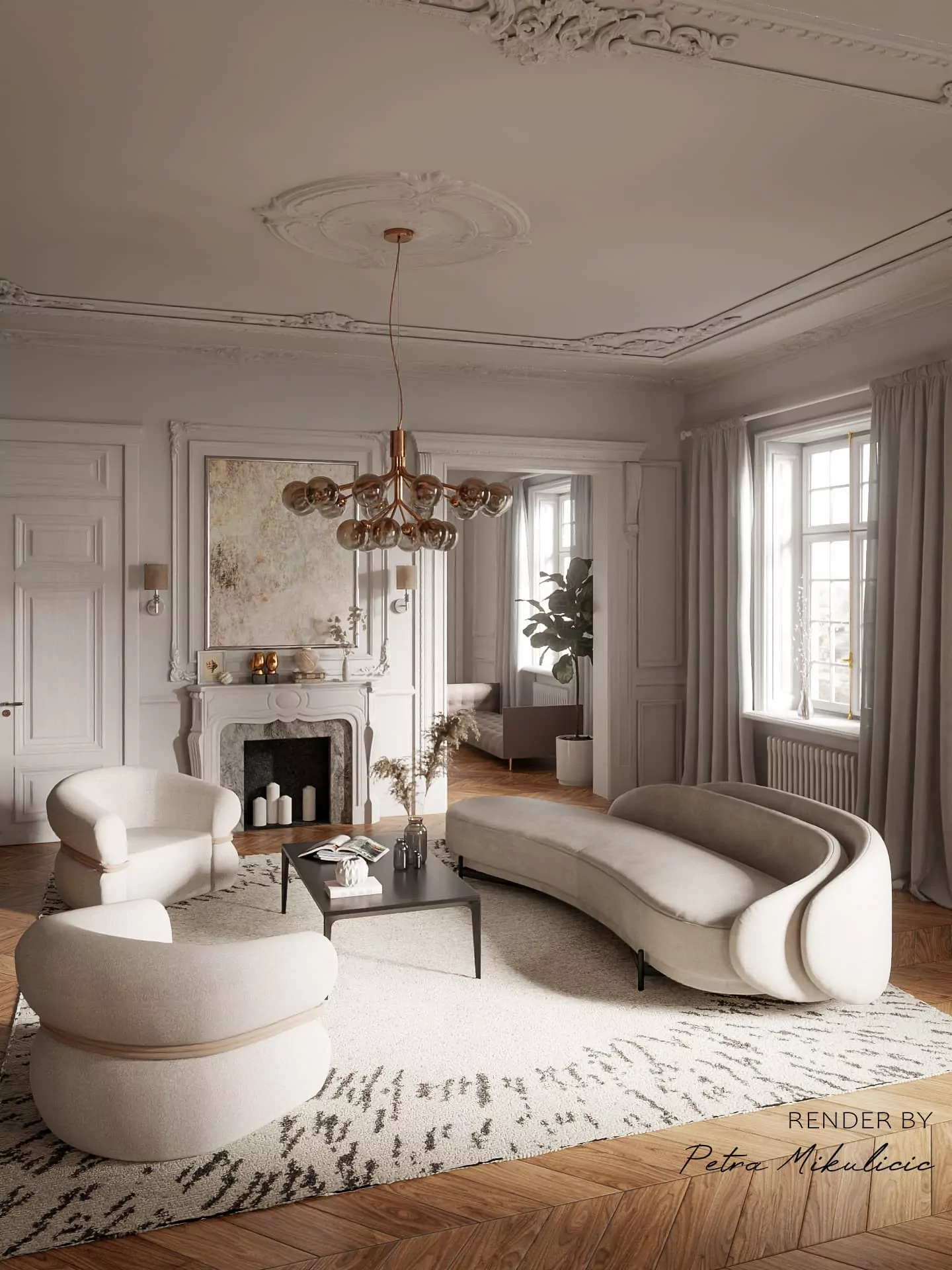
Pratik Solanki experimented with illusions in Blender:
I was super curious after watching @MattBraccini ‘s illusion art and Tried to recreate it , i donno if this is the right way to do that , tell me guys what do you think ? .. #b3d #illusion #3dart pic.twitter.com/Zhlvos9EfF
— pratik solanki (@dragoneex) September 9, 2021
Menno Snoek, Express Shipping, Blender
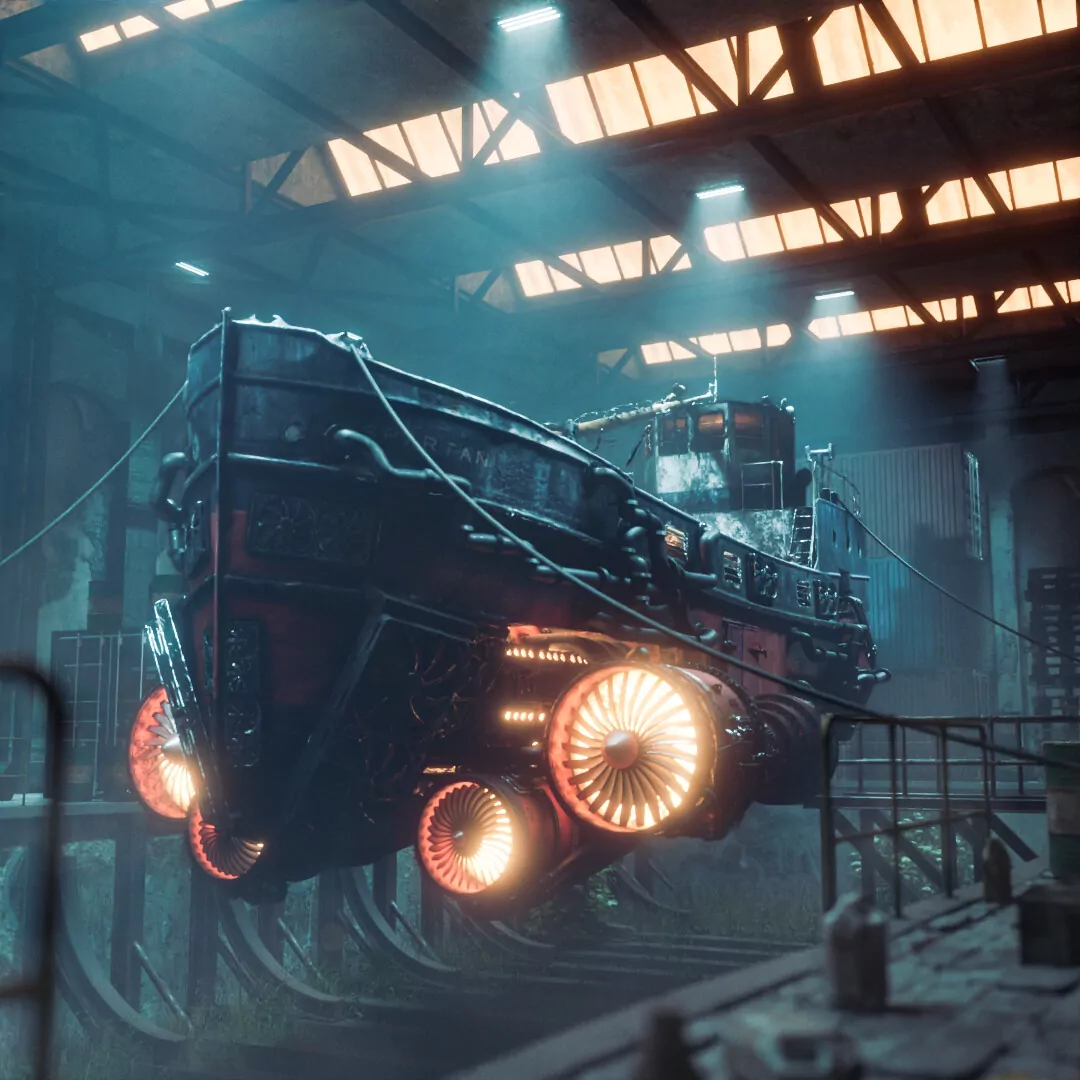
kynlo, Bad Memories, Krita:
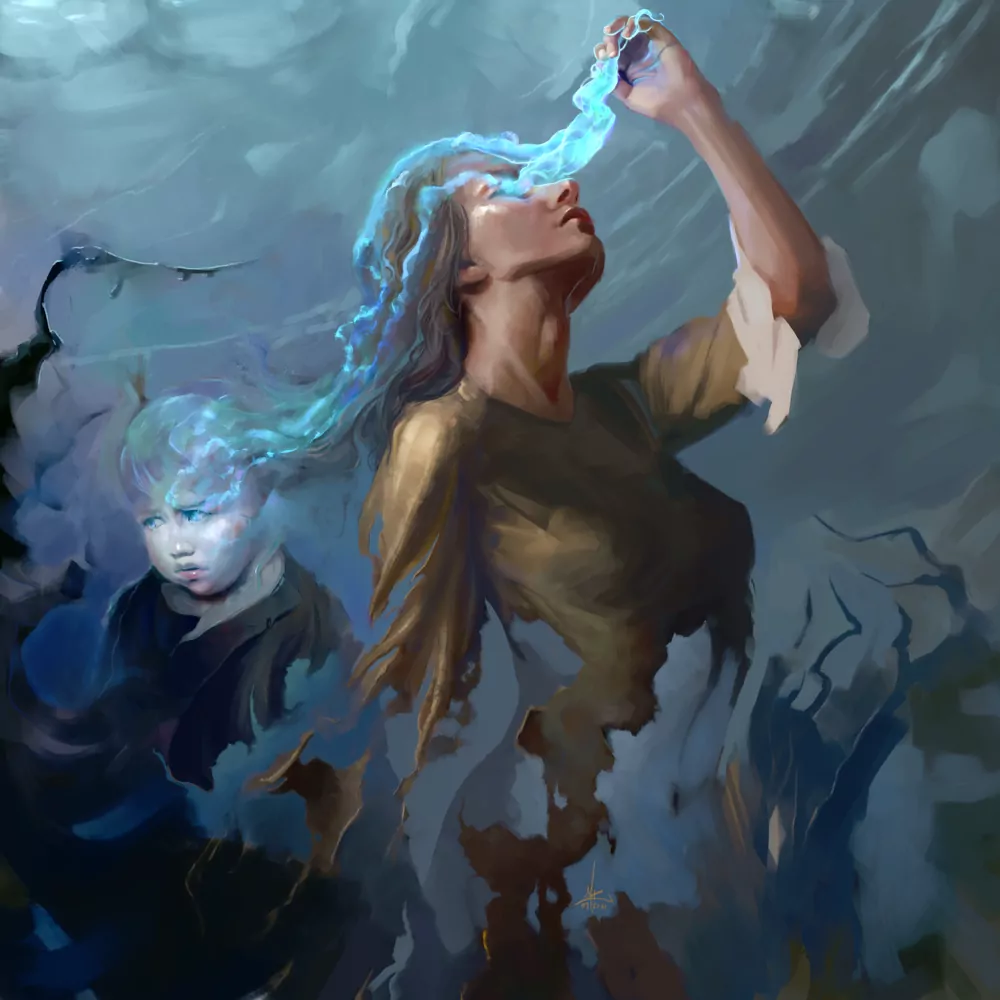
Sylvia Ritter, Impish Indri (codename for upcoming Ubuntu 21.10), Krita:
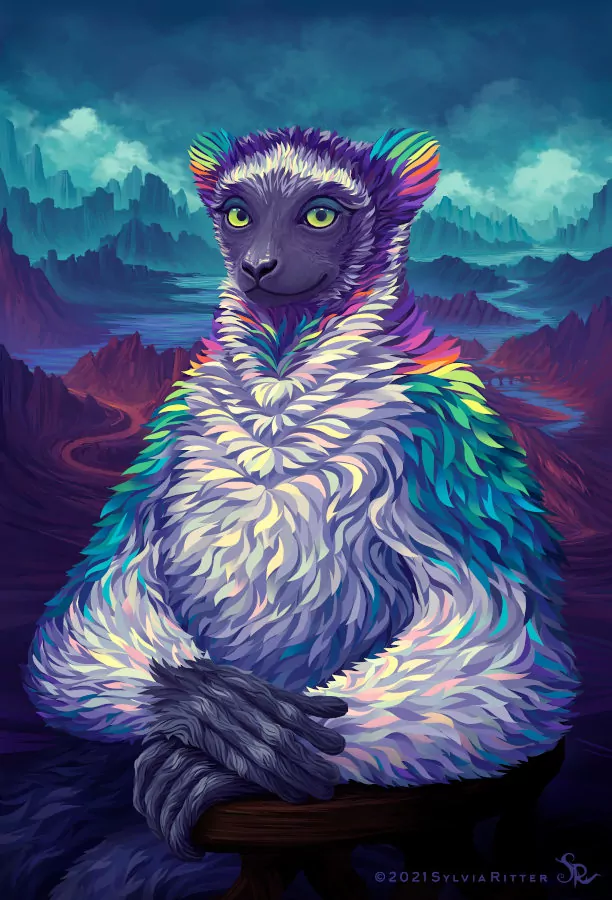
Each of my weekly recaps involves researching, building and testing software, reporting bugs, talking to developers, actually watching videos that I recommend, and only then writing. Time-wise, that’s usually between 10 and 20 hours. If you enjoy the work I do, you can support me on Patreon or make a one-time donation.
Castle Game Engine: “The Unholy Society” release on Android and iOS
Castle Game Engine: Delphi porting progress — basic CGE window with images and text works!
Legacy and M1 macOS ioquake3 support
macOS now has two kinds of Universal Binaries. The first were from the mid-2000’s when Apple started their transition from the PowerPC platform to Intel. The second are for Apple’s transition from Intel’s 64bit x86 platform to Apple’s in-house ARM-based processors. If you visit our Downloads page you will now find two new kinds of test builds for the… Continue reading Legacy and M1 macOS ioquake3 support
rg3d 0.23 Feature Highlights
Libre Arts: Weekly recap — 12 September 2021
Week highlights: new version of BeeRef available, Inkscape updates, VCV Rack 2 teaser, new PipeWire release, and more.
BeeRef 0.2.0
Rebecca Breu released a new version of BeeRef, an amazing free/libre reference image viewer. The main new feature is support for next notes (see my earlier post on the project).
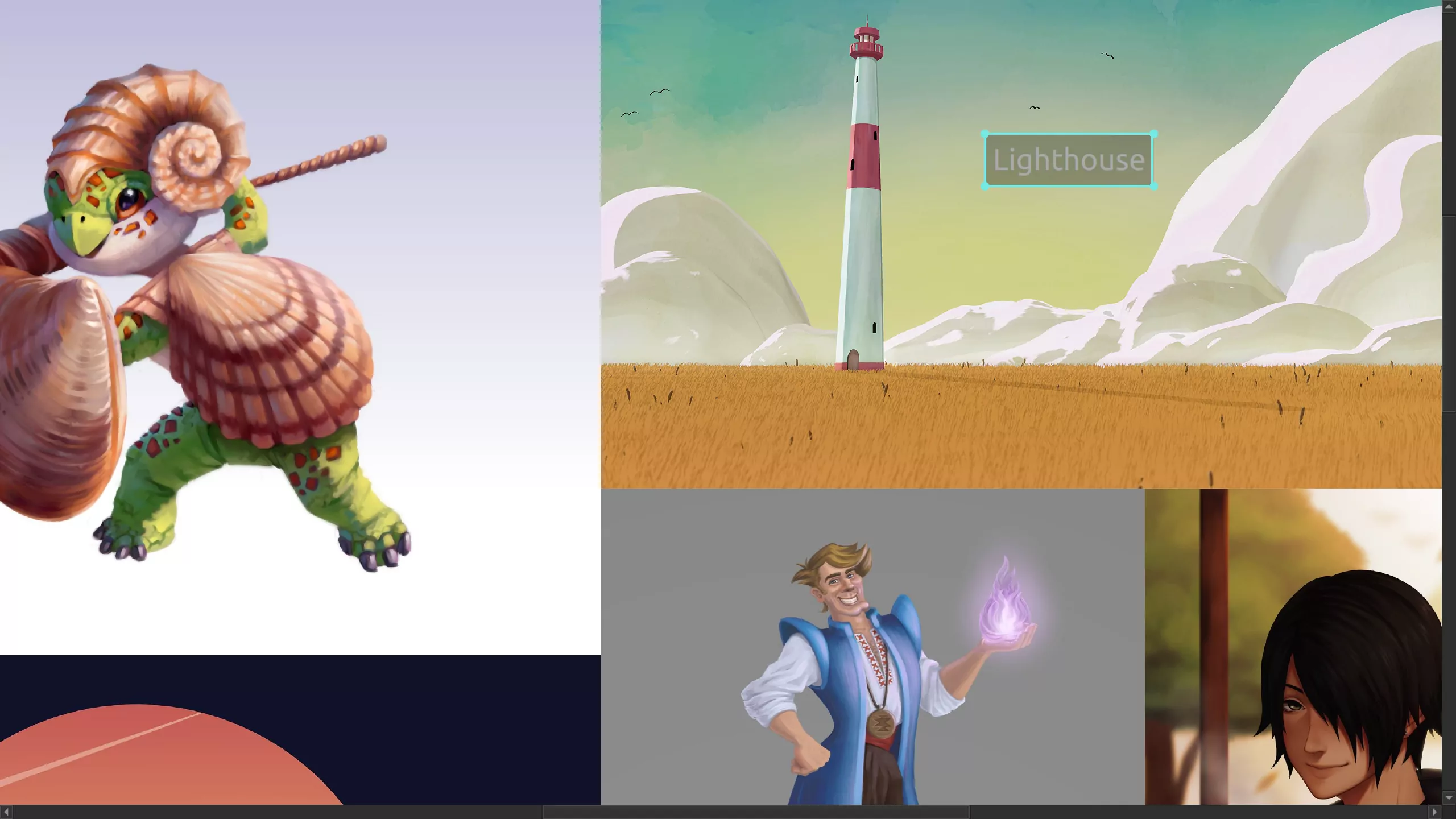
G’MIC is getting new awesome filter
Paint with Brush is the latest addition to G’MIC. Even if you don’t understand German, just scroll to 1:45 to see it in action:
Inkscape updates
Most recently, Mike Kowalski merged his patch that turns the snapping toobar into a drop-down list of options (called popover in GTK).
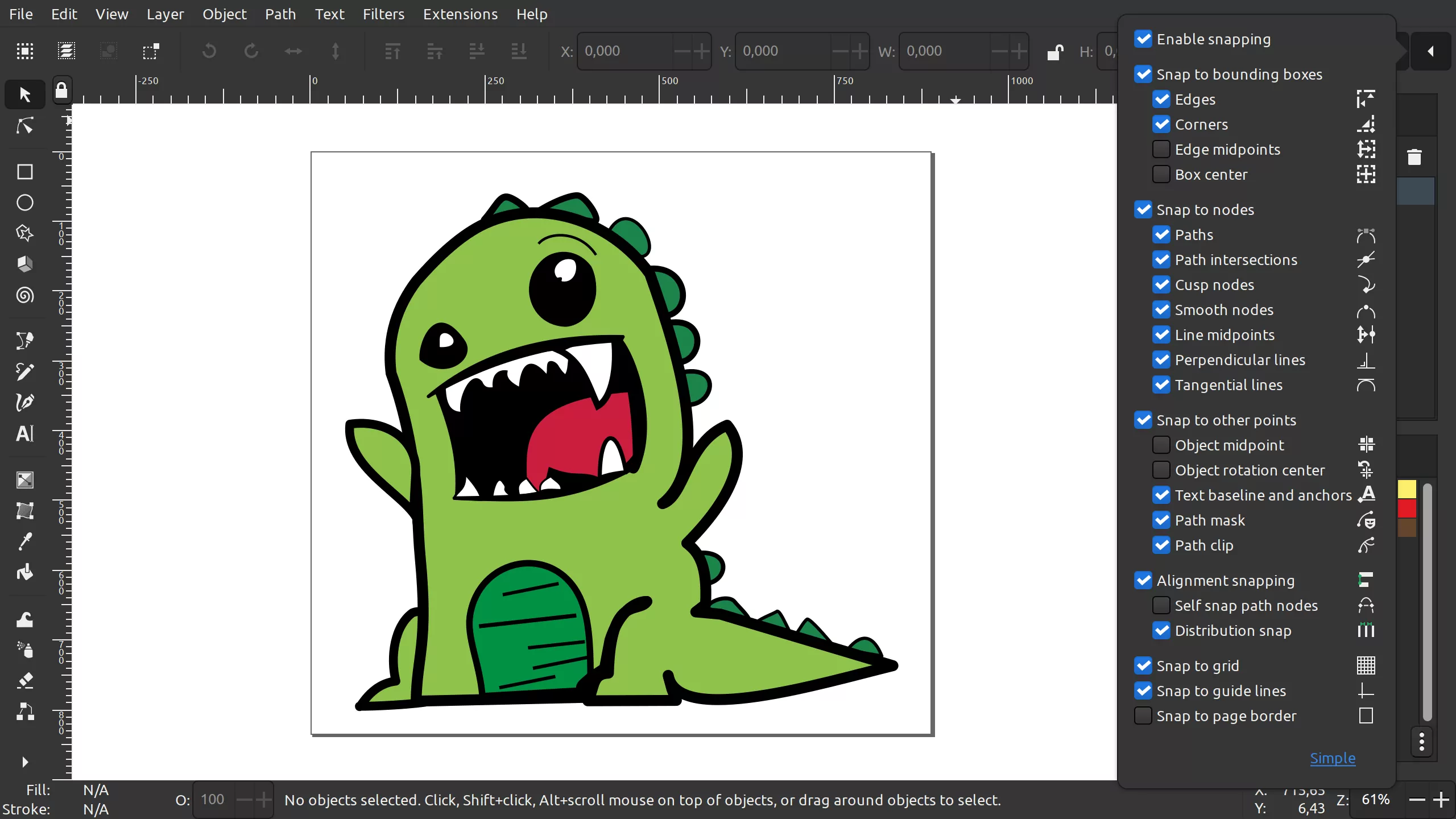
Personally, I just save the usual snapping options I need into the default template, so I don’t particularly care how exactly they are accessible. What do you think?
In fact, Mike changed various part of the UI over the summer, e.g. you can now configure which parts of the status bar are visible by default. If you never use the drop-down list to navigate layers, you can disable it. And if you never use canvas rotation, you can lock canvas rotation and disable the status bar control over canvas rotation entirely. That gives you more space for context hints.
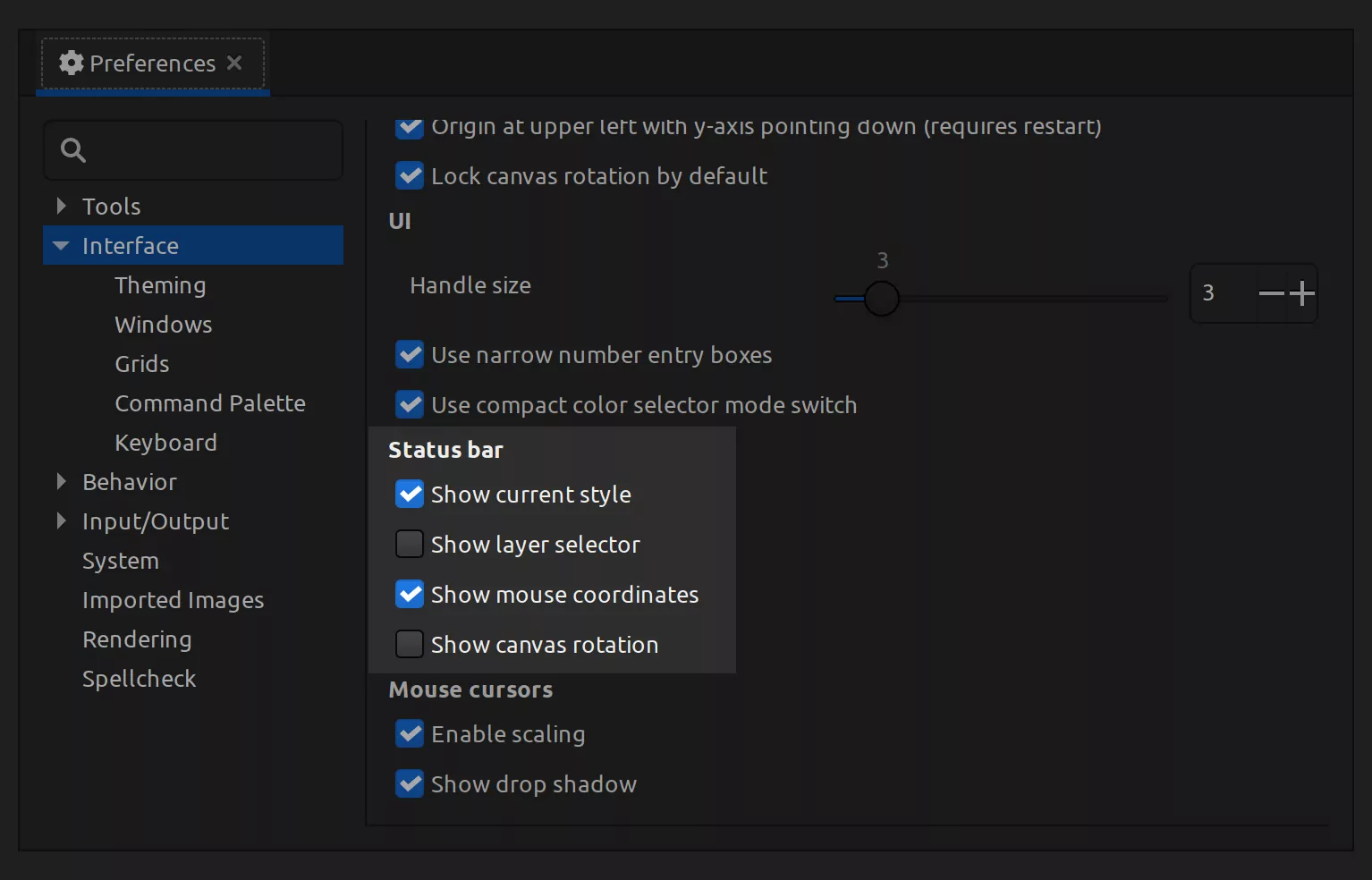
FreeCAD Trails add-on got its first release
Alright, that actually happened in July but I only noticed that today. Hakan Seven and Maarten Vroegindeweij made the first official release of Trails, the transportation engineering workbench for FreeCAD. And there’s new features coming all the time.
#FreeCAD #News Cool snapshot of progress on the #Trails workbench: ‘2D/3D PDOK data with 2D BGT with first quick and dirty version of 3D CityJSON’
+ basic documentation on how to use #GIS tools in Trails https://t.co/X4lFan3Dlc pic.twitter.com/kygRYJ5fNV— FreeCAD (@FreeCADNews) September 12, 2021
Olive allows previewing waveforms when dragging
Version 0.2 is slowly coming together. I know, it might sound silly, but I’m really glad to have this little feature brought back:
The git version of @OliveTeam now allows viewing the waveform while dragging an audio clip. It’s the little things 🙂 pic.twitter.com/mIvmisyn4L
— Libre Arts (@lgworld) September 8, 2021
VCV Rack 2 teaser
Andrew Belt released a preview of what’s coming in VCV Rack 2 now expected in November this year.
Highlights:
- Dark room mode (for working at night)
- Better module sections management
- Redesigned module browser
- VST2 plugin to be part of paid version, more options to be added
The bit you are probably most interested in, from a forum post:
VCV Rack Community Edition will be GPLv3 (free/open-source). VCV Rack Studio Edition will be $99 ($149 after release sale) and include VST2 plugin support (+more plugin formats later) and professional support.
And the important part for plugin developers:
90% of plugins will only require a version update and a recompile (a 1-line edit, 15 seconds of work). For the other 10% of plugins using advanced or unstable API features, updating to v2 is easy and involves following a few search-and-replace steps.
There’s a migration guide available: https://vcvrack.com/manual/Migrate2
PipeWire 0.3.35
There’s a new release of PipeWire every other week, here are some of the most (subjectively) interesting changes over the past few weeks:
- Support multiple sample rates in the graph
- S/PDIF pass-through over optical or HDMI is now implemented
- Bluetooth can now automatically switch between headset and audio profile
- Bluetooth codecs are now in separate plugins to make it easier to ship them
- Better JACK compatibility, including improved Catia and Carla compatibility
- Internal latency of ALSA devices can now be configured
- A fast convolver was added to the filter-chain to implement virtual surround sinks or reverbs
Meanwhile, you might want watching Helvum, a GTK-based patchbay for PipeWire.

ROLI files for bankruptcy, LV2 support in JUCE
If you didn’t follow all the news in the past few years, you might be asking yourself, whether ROLI filing for bankruptcy would affect JUCE in any way. After all, there are some very fine free/libre projects using this framework, like the recent DelayArchitect plugin.
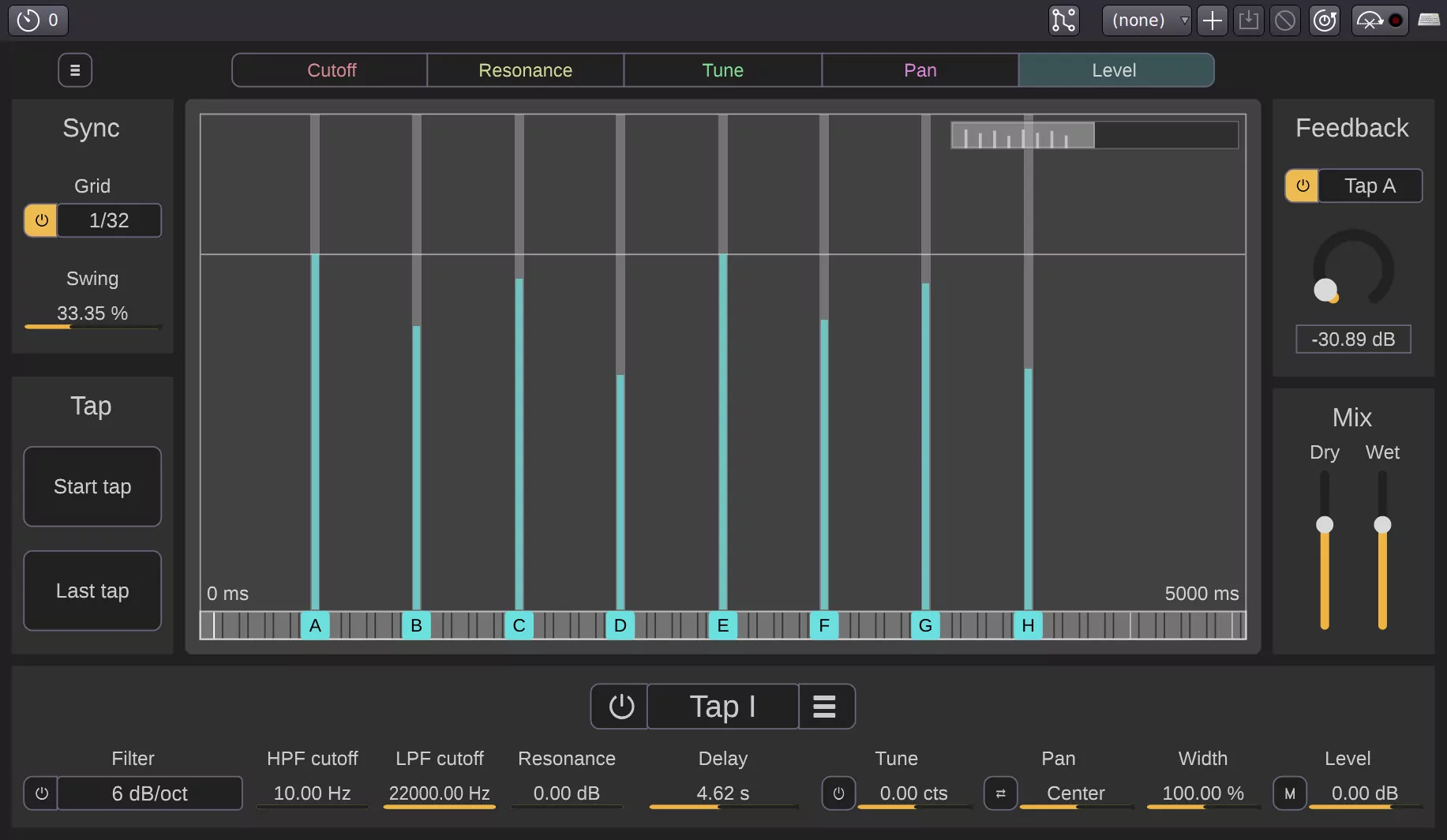
Well, the thing is, they already sold JUCE to PACE in April 2020 (and probably started the process a year prior to that, as it is usual in mergers and acquisitions). And the project is rather active, they recently released version 6.1 with broader MIDI 2.0 support, support for VST3 extensions, support for native accessibility frameworks on macOS, Windows, iOS and Android etc. So no, unless you own any hardware instruments they made, you are probably fine.
Speaking of which, LV2 support might land to JUCE-based hosts and plugins after all. Developer reuk writes on GitHub:
We’ve recently been investigating adding LV2 support for both hosts and clients to JUCE, and I feel confident that this feature will be included in an upcoming release. We don’t have a concrete timeline for this work, but hopefully the beta will be ready soon (i.e. months rather than years).
Tutorials
Once you disregard the hilarious “Photoshop editing in GIMP” part of this video’s title, you might find this to be a very nice music-only tutorial on photo manipulation with GIMP.
This is a new Inkscape tutorial by grafikart:
Here is a great caracal speedpainting by Ali Bahabadi, made with Krita. The team recently published an interview with the artist:
This is a looooong no-commentary tutorial on making interior design visualization with Blender 2.9x and Eevee.
Featured Blender artwork: “The Greenhouse” by Laura Ganis.
Each of my weekly recaps involves researching, building and testing software, reporting bugs, talking to developers, actually watching videos that I recommend, and only then writing. Time-wise, that’s between 10 and 20 hours. If you enjoy the work I do, you can support me on Patreon or make a one-time donation.

